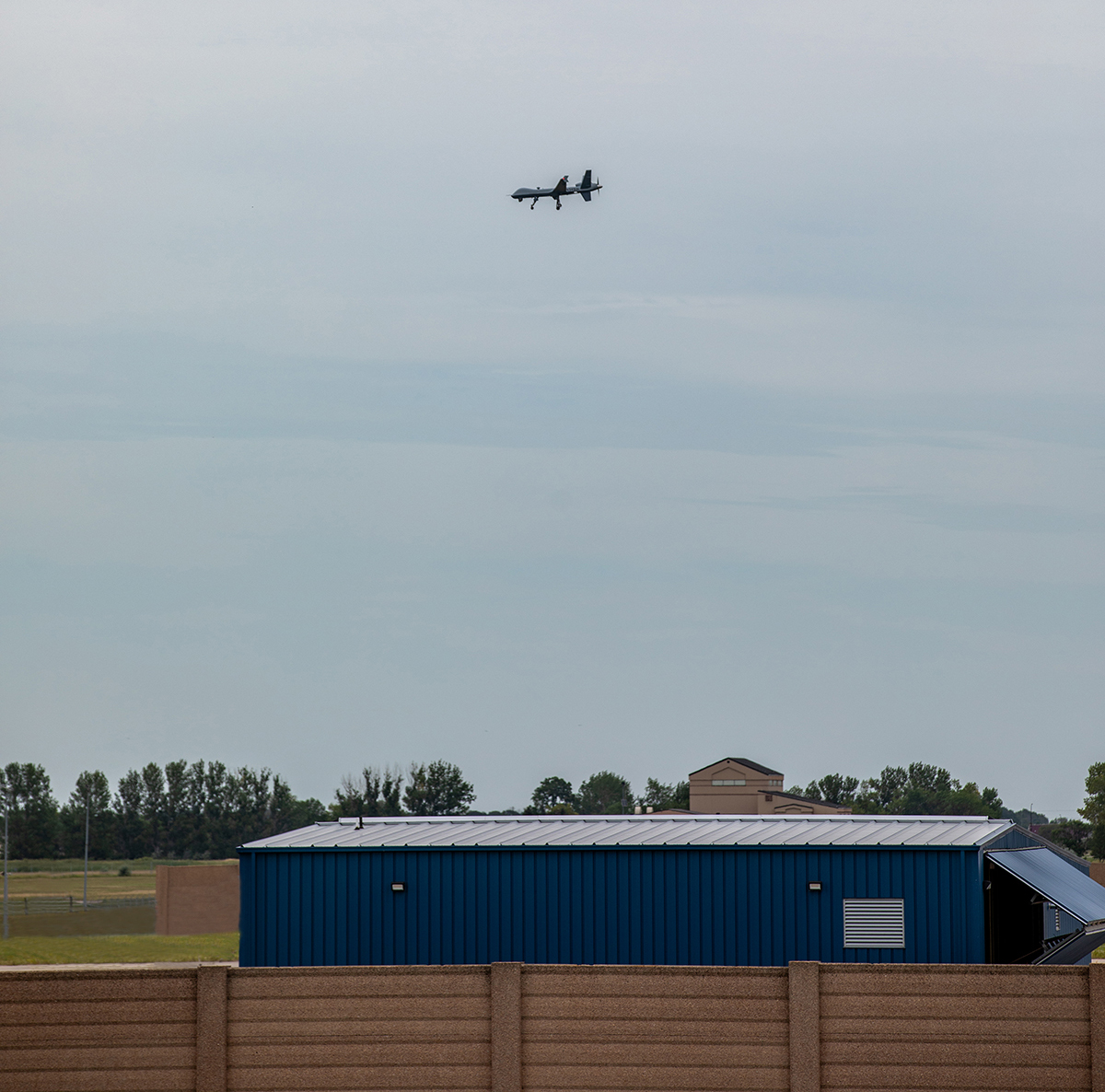If you’ve flown UAS in a military range, BVLOS (Beyond Visual Line of Sight) probably feels routine. No chase plane, no visual observers, no problem. But take that same mission into civil airspace, and suddenly you’re dealing with chase aircraft, ground observers and FAA waivers.
WHY THE DIFFERENCE?
The answer lies in how civil airspace is regulated, how traffic is separated, and how one critical rule, 14 CFR §91.113, commonly known as the “See and Avoid” rule, shapes everything.
14 CFR §91.113(b), “When weather conditions permit, regardless of whether an operation is conducted under instrument flight rules or visual flight rules, vigilance shall be maintained by each person operating an aircraft so as to see and avoid other aircraft.”
This regulation is foundational in the National Airspace System (NAS). It puts the burden on the pilot to visually scan for and avoid other aircraft—across a huge portion of U.S. airspace, especially below 10,000 feet where most small UAS and general aviation aircraft operate.
The problem is UAS can’t “see.” Unlike manned aircraft, most UAS don’t have a pilot onboard looking out the window. Even with onboard cameras or sensors, UAS were determined by the FAA not to be capable of fulfilling the “see” portion of "see and avoid" under Part 91.113 (Ref FAA Notice N 8900.227). Therefore, a waiver is required to legally fly BVLOS, because a UAS can’t comply with the regulations as written.
Until a technical solution can replicate the human ability to see and avoid aircraft (through what’s called detect-and-avoid, or DAA), the FAA requires one of two workarounds:
- A visual observer on the ground who can see the airspace and alert the remote pilot
- A chase plane providing airborne visual surveillance of nearby traffic
These aren’t just added layers, they’re regulatory substitutes for a core requirement of operating in U.S. civil airspace.
Contrast that with defense ranges, the military has authority to implement its own risk mitigations. Often, these areas are within Restricted Airspace, meaning entry is controlled. The range operator can guarantee separation from other aircraft and use custom procedures for BVLOS flight. Essentially, you’re operating in a managed airspace bubble, with no requirement to comply with particular FAA Part 91 rules like “see and avoid.” But outside of that bubble, in the NAS, you’re back under FAA civil authority and its framework, which was built around human pilots in manned aircraft.
One of the key reasons the FAA still leans so heavily on visual separation is because most of the aircraft flying in the NAS below 10,000 feet don’t have to broadcast their position.
In Class G, E and even D airspace:
- ADS-B (Automatic Dependent Surveillance–Broadcast) is not required for most small aircraft
- Transponders may not be installed
- Pilots aren’t required to talk to ATC in Class G and E airspace
- Aircraft might not even have an electrical system
In other words, they are flying “dark” legally. This is why “electronic conspicuity,” or universal position broadcasting, is gaining traction internationally, though it remains voluntary in the U.S.
This creates a tough reality for UAS. Flying without the ability to visually detect these aircraft means entering airspace designed around human vigilance. And yet, that airspace remains one of the busiest, safest and most open in the world.
That is where programs like North Dakota’s Vantis and the FAA’s Radar Data Pathfinder initiative come in. Together, they are leveraging federal radar infrastructure to build broad area surveillance that can replicate “see and avoid” capabilities. Unlike traditional BVLOS corridors that offer limited coverage, Vantis already spans over 5,000 square miles, and the FAA Radar Data Pathfinder program is laying the groundwork to scale nationwide.
For DoD, especially National Guard units training with Group 1–3 UAS, this means:
- Access to real-world airspace, not just military ranges
- Opportunities to train like you fight
- Increased readiness and flexibility for both domestic and deployed operations.
It is a path toward true operational flexibility.
As UAS becomes integral to the modern warfighter, understanding the airspace you’re flying in and why it's regulated the way it is becomes critical to mission success. Bridging the gap between civil and military UAS operations is not just a matter of policy. It is about infrastructure, airspace awareness and leadership.
With programs like Vantis and the FAA Radar Data Pathfinder paving the way, DoD operators are uniquely positioned not only to adapt but to lead.

